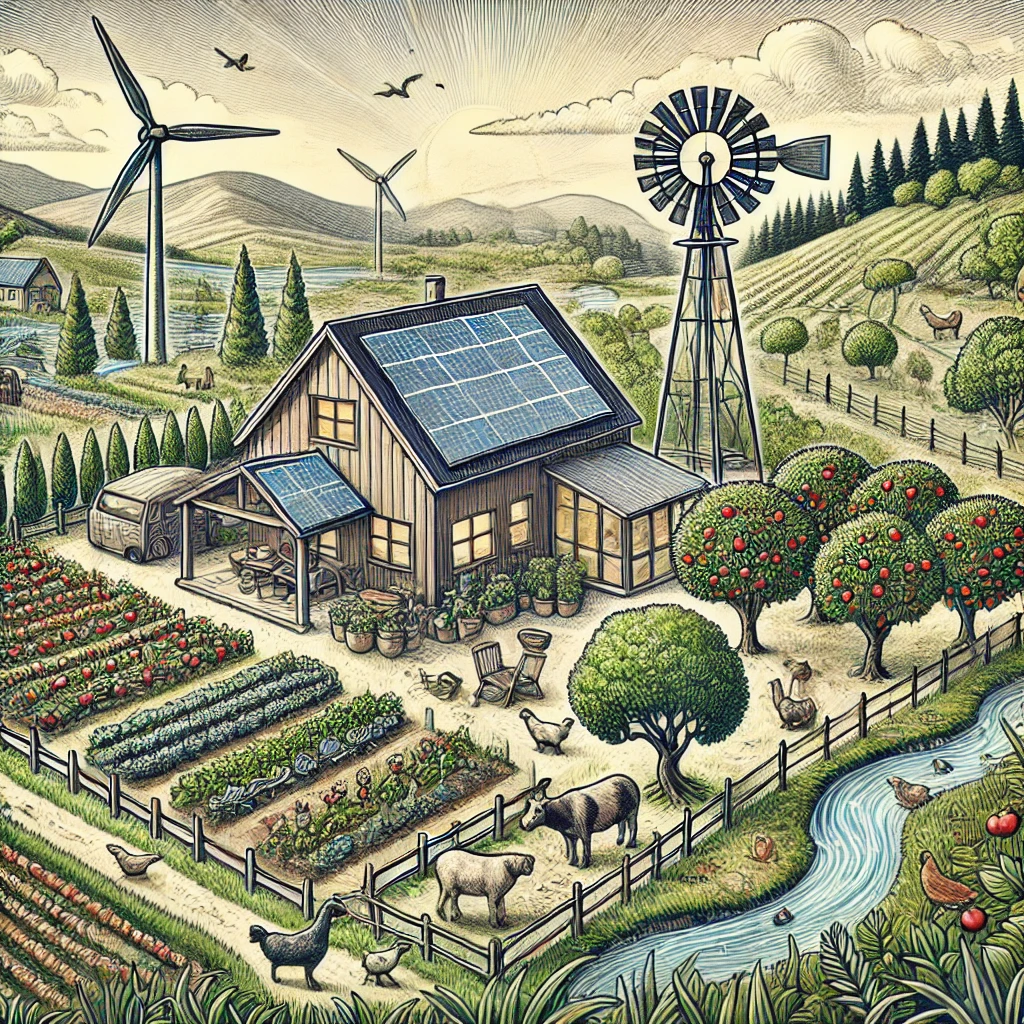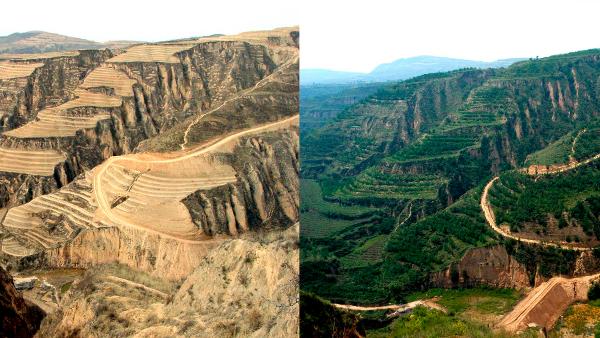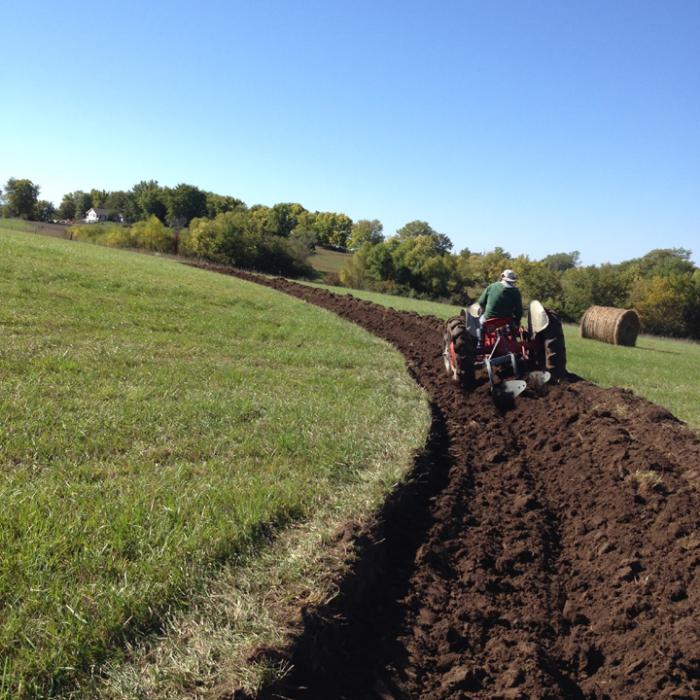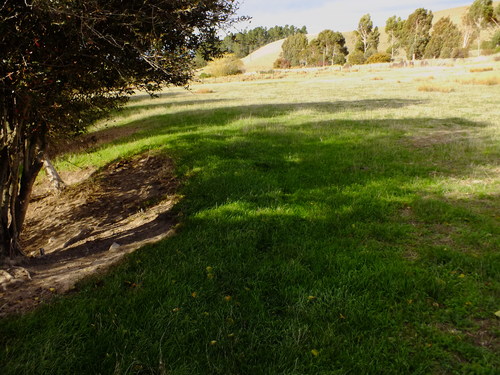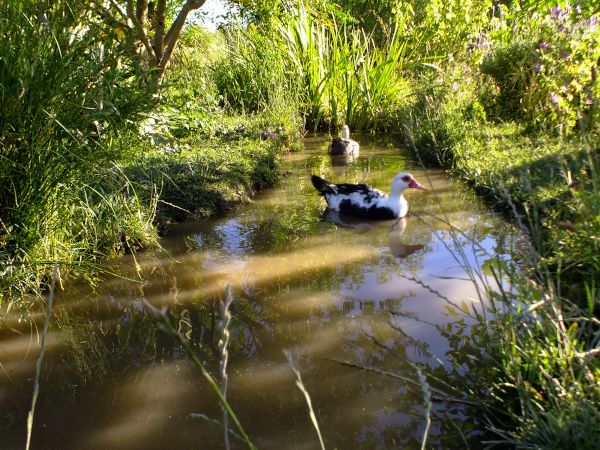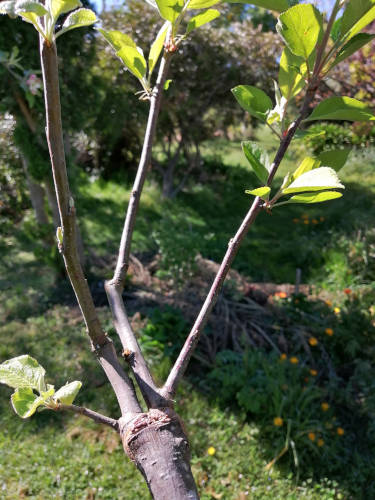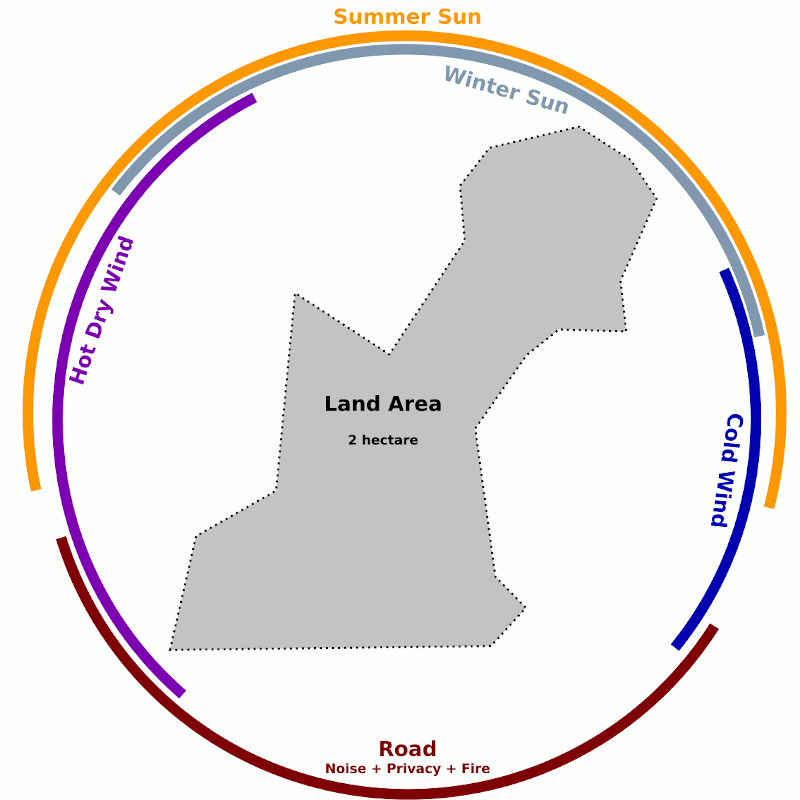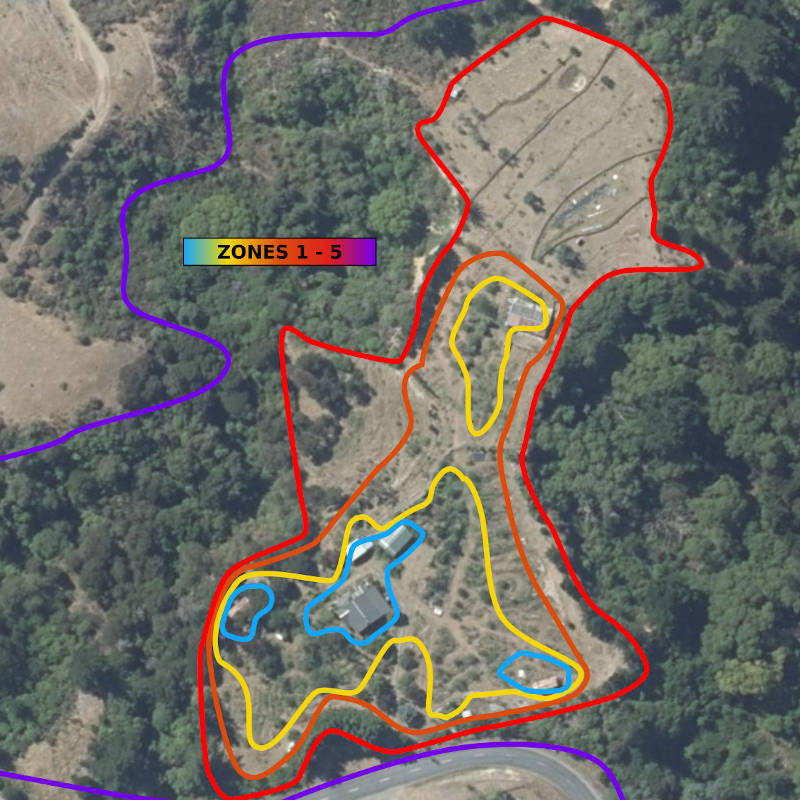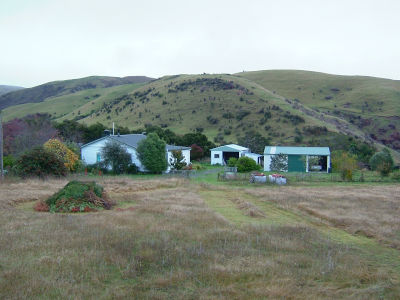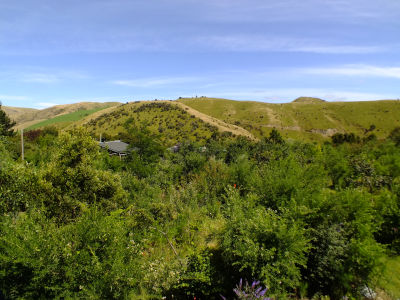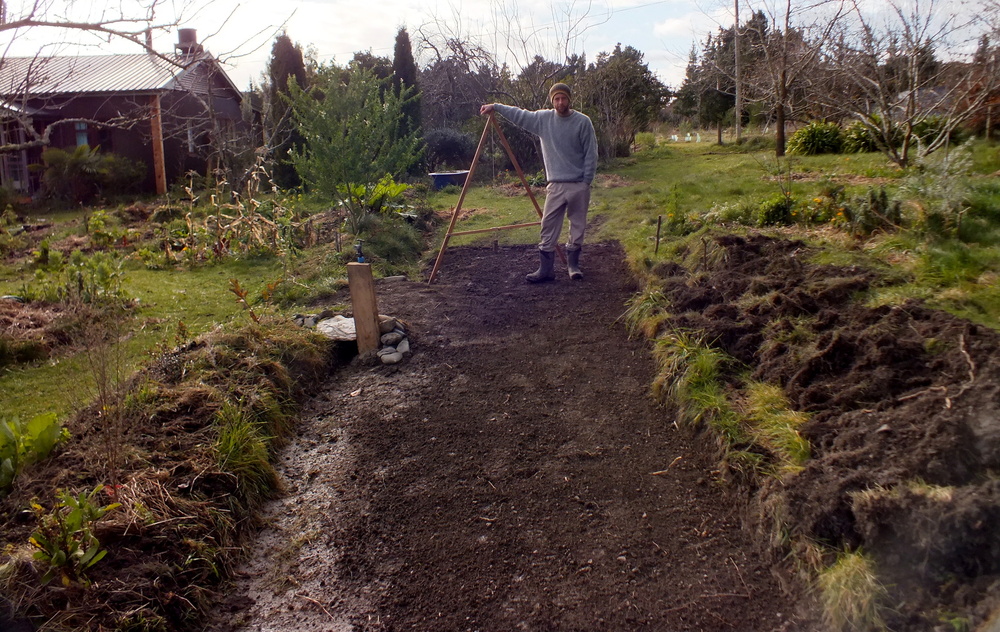Building a Self-Reliant Future: Key Considerations for Choosing the Perfect Land for Sustainable Living
Choosing the right land is crucial for anyone aiming to build a self-reliant, sustainable lifestyle. This guide explores key factors such as climate, water sources, soil quality, and proximity to essential resources. From minimizing debt to planning for future challenges like climate change and blackouts, these insights will help you create a resilient, self-sufficient homestead.
March 16, 2010
